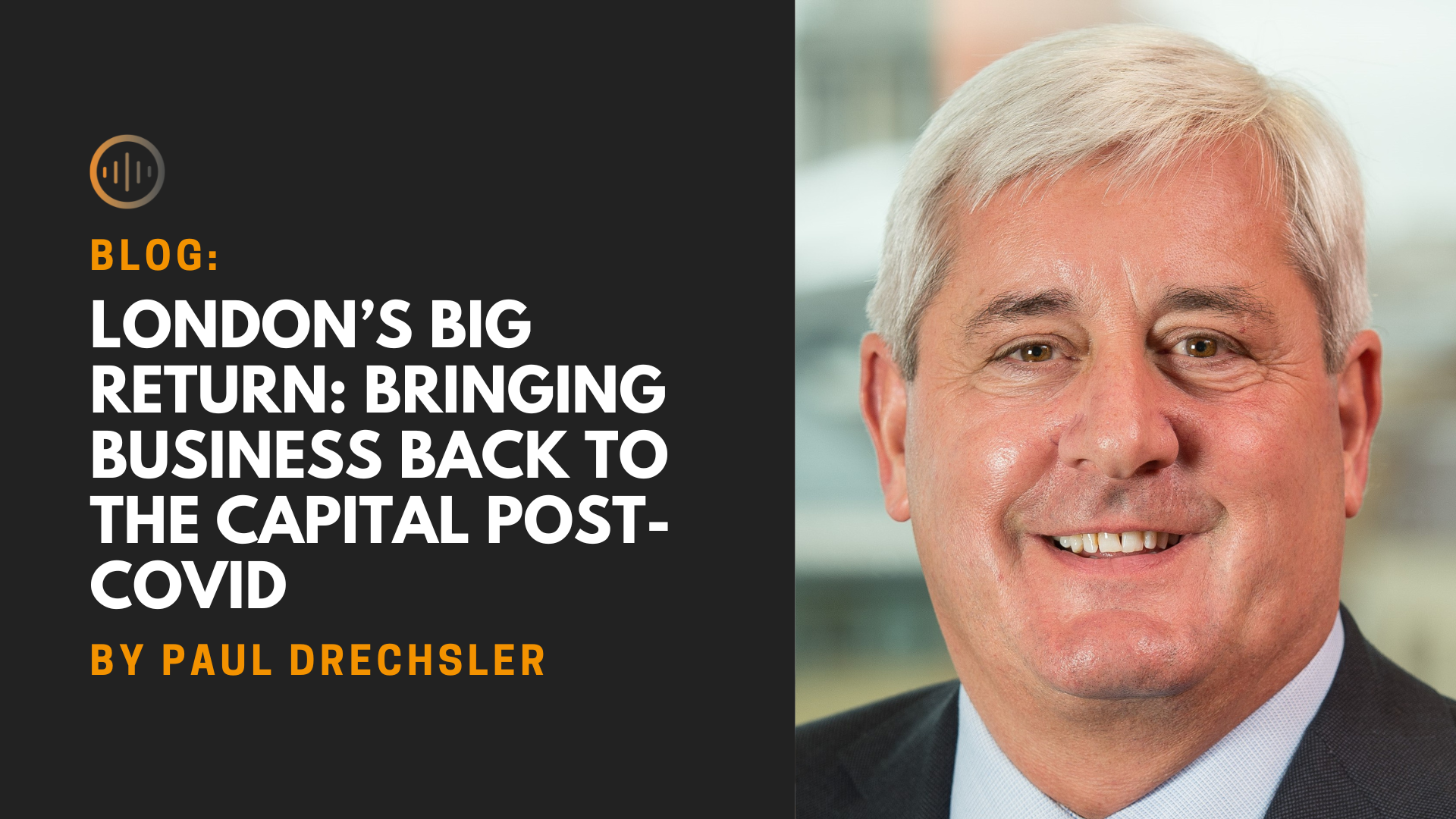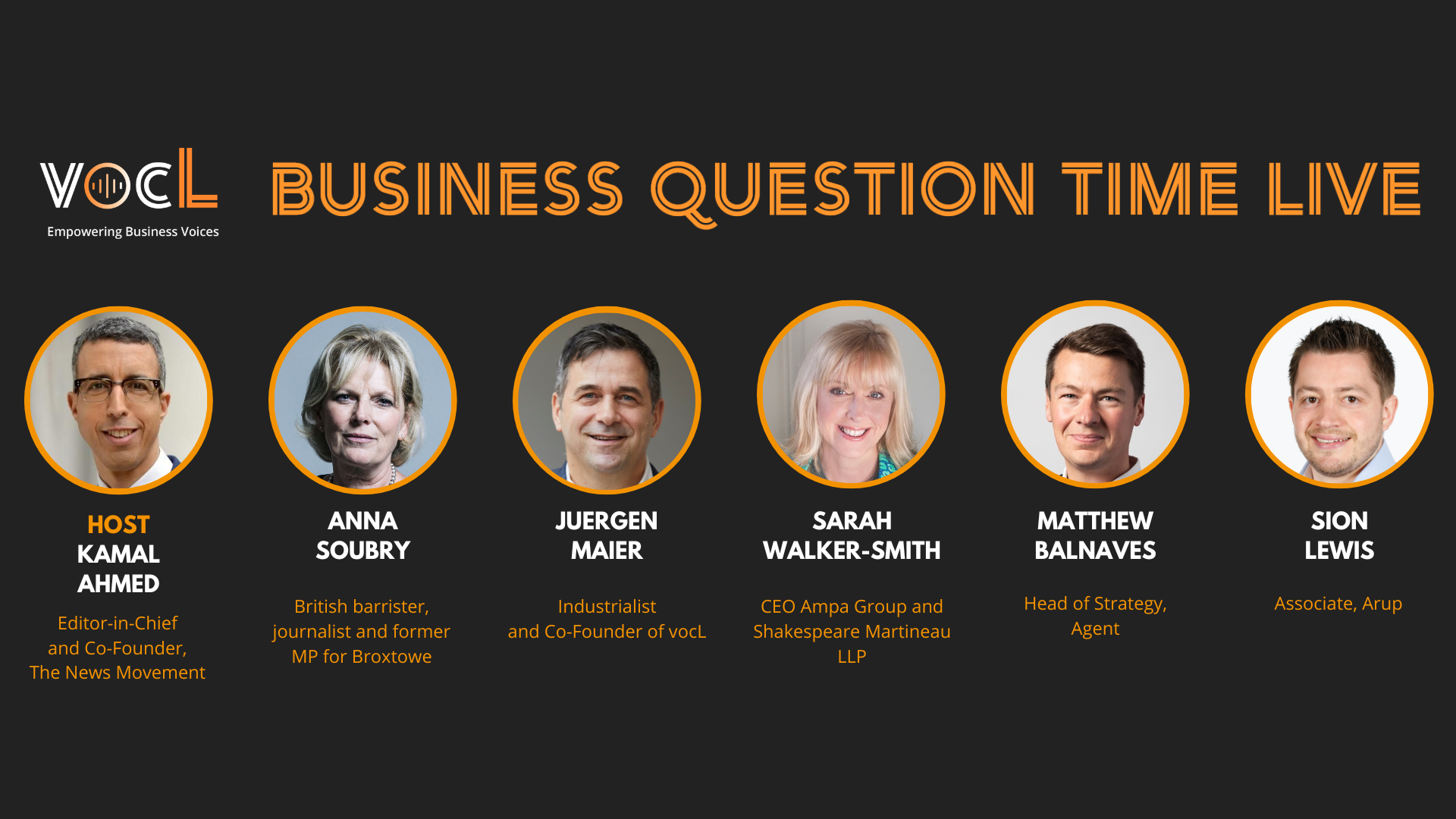

You know you’re getting old when you see a trend go viral on social media and start shaking your head and muttering about youngsters thinking what they are seeing and saying is in some way new. So after the Great Resignation comes ‘quiet quitting’, where employees consciously disengage from work and start going through the motions – and then weirdly tell everyone on social media that that’s what they’ve done.
Well, publicly confessing that you’re now effectively working to rule may be a new twist but people becoming dissatisfied with their job and withdrawing discretionary effort for whatever reason (hopeless line manager, lack of career development, dodgy corporate values, uncompetitive package), well, that’s as old as the hills. But let’s not lack of originality get in the way of a good Tiktok eh?
Putting the social media furore to one side, let’s look at the issue objectively. If you are an employer, your first reaction might be outrage that someone has taken this route, signing up to a ‘slackers’ charter’ (Check out the Times’ lampooning The Lowdown piece which asked, “Which lazy so-and-so started this then?”)
But maybe it should be a warning signal to you? Rachael Knappier, director of service at Croner, commented in a People Management article that quiet quitters “may feel their work-life balance is becoming problematic and that they are experiencing burnout. By dialling down the work effort, employees may feel as though they are deprioritising their jobs and redressing the balance.”
Indeed, a lot of the commentary is positioning quiet quitting as a positive action: a taking back of control by individuals who have felt pressured to do and achieve more – the ‘reclaiming of their lives’ that’s implicit in Rachael’s comment. But there are the inevitable negative implications too, that, for whatever reason, employees are not just feeling it anymore, or worse, never felt it. Yet with all this kinetic post-Covid energy still making people a bit edgy and unsettled, perhaps just doing as little as possible (in the service of the devil you know) is a better option than having to do the ‘lot more’ that comes with finding a new job.
But truth be told, there have always been individuals in the workplace who haved waxed and waned in their satisfaction and commitment; or, more problematically, never committed or contributed at all. Considering the UK’s long-standing paradox of ultra-presenteeism but uber-low productivity, perhaps we’ve had too many of them and for too long.
As someone whose technology helps clients with employee engagement, I know that UK plc is trying to be better. The discretionary effort I mentioned earlier, the best bosses know that’s the prize that an engaged workforce gives you. And working backwards, to secure employee engagement, you need to deliver a spot-on employee experience. That has always been true, but now post-pandemic, you’re also having to factor in heightened sensitivities, greater expectations and higher demands.
So yes, dealing with the ‘quiet quitting’ movement could be harder this time round but some eternal truths remain. In that same People Management article, clinical psychologist Rebecca Holt spelt it out very clearly: “The key to preventing employees getting in this state is to ensure that people are engaged in their work and that work provides purpose and meaning for people. Employees need to feel part of a bigger picture, to have autonomy and control, and to feel psychologically safe – all the things that we know make a good day at work.”
I’m totally signed up to that view but that sort of culture in the workplace doesn’t get created overnight. You have to do the hard yards – with strategy, investment, resources, tech – to get to that Eden where everyone is invested in you as an employer, understands your vision and their role in it, and feels they have a voice and a mission while also being sufficiently remunerated.
And even those employers that do deliver an outstanding employee experience, that put years of effort and budget into making their organisation ‘a great place to work’, there will always be those who never sign up, who never give an ounce more than they’re contracted for. But they should stick out like a sore thumb and be dealt with appropriately.
The ones to worry about more are those whose discretionary effort starts sliding and then attenuates to nothing; or who started as ‘highly satisfied’ but have now plunged down the scale. You might want to put them under the microscope to understand why, but you might want to hold a mirror up to your own organisation too. Why has this employee’s performance and interest dropped away? Is it them? Is it us? A bit of both?
When it’s at an individual level (eg “I don’t feel I’m getting the development opportunities here) you have to trust to your organisation’s people leaders to address that. If the organisation is the problem, then that’s a board agenda item: if you’re not delivering consistently on the employee experience front, then you’re prejudicing engagement levels and everything that spins out of that.
Having sat in a lot of boardrooms in a lot of different sectors, and witnessed a wide range of opinion and sentiment vis a vis employee engagement, I’m thinking that the quiet quitting debate might just be getting started. I predict a noisy affair.
By Phil Wedgwood, CEO of Engage Solutions


